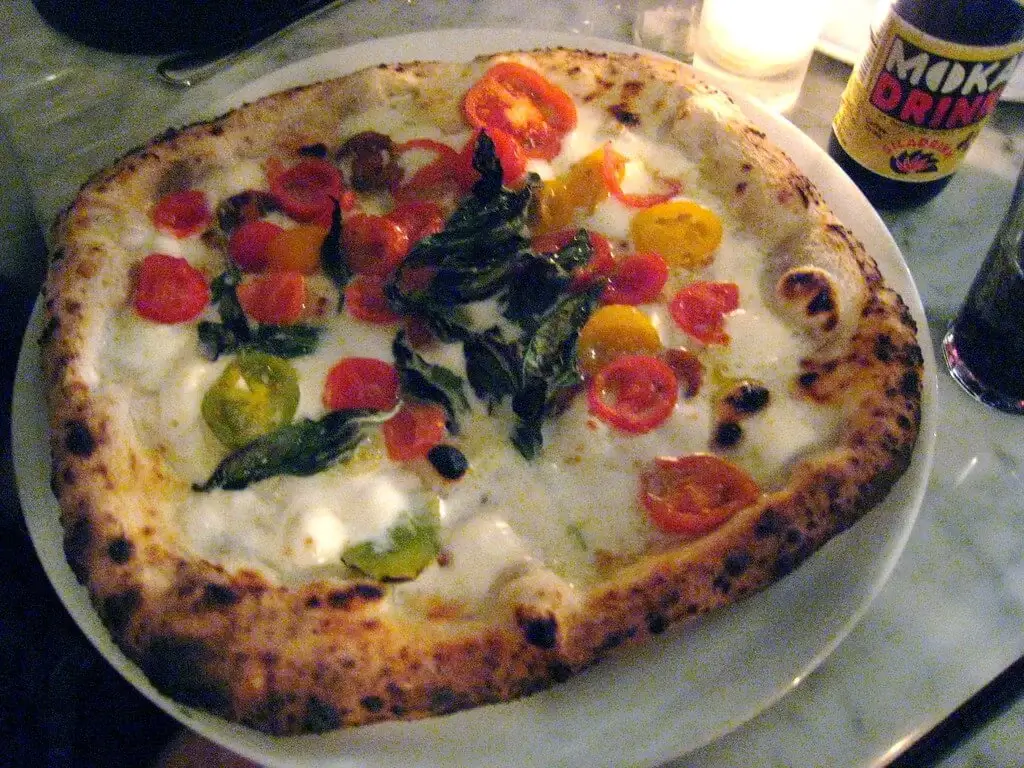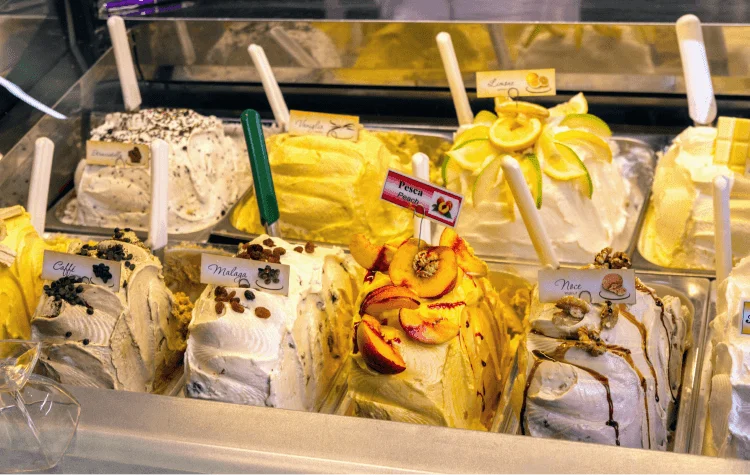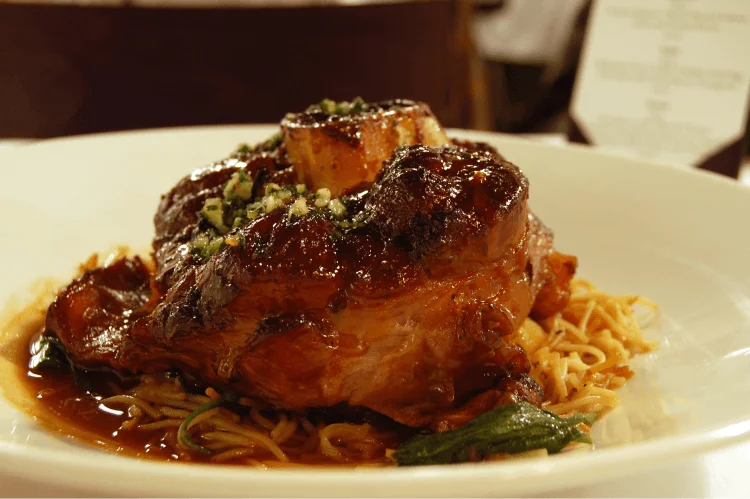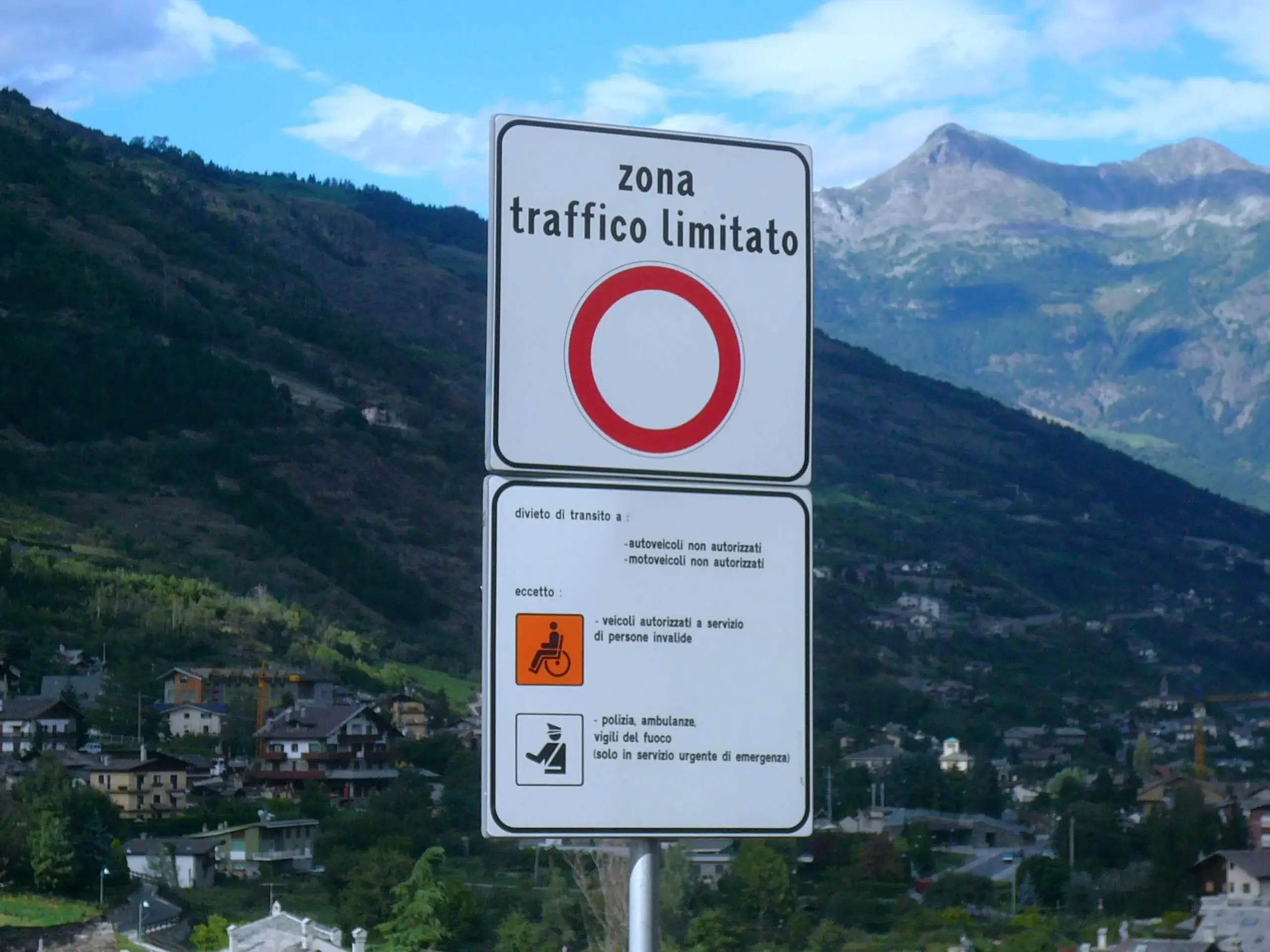As a seasoned traveler, I've always been drawn to Italy’s rich history and vibrant culture.
Planning your Italy travel itinerary carefully is essential to experiencing Italy's best without feeling rushed.
This blog will guide you through crafting a perfect four-day Italian adventure, from Venice to the Vatican.
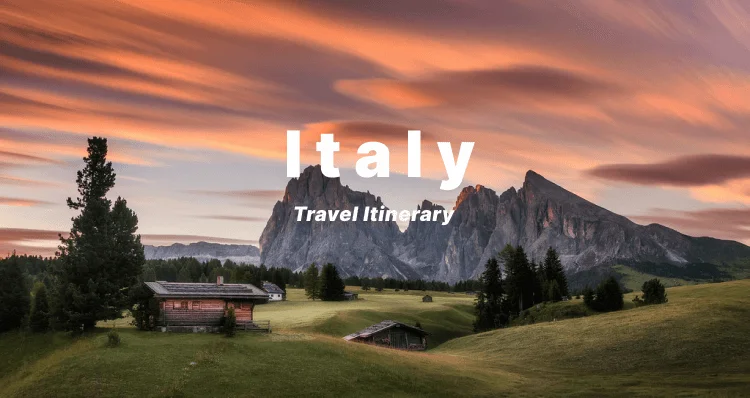
1. Considerations When Planning Your Italy Travel Route
First things first, before you jet off to Italy, there are some decisions to make. They will help ensure that not only does your trip live up to expectation, but goes beyond.
Budget: Yep, your wallet will rule your trip. From pasta joints to posh nosh, and modest hostels to five-star hotels, the amount you’re splashing will shape your trip. Don’t forget, tickets to major tourist spots – e.g. The Colosseum or The Vatican – can add up, especially if you skip the queue with fast-track tickets.
Where to Crash: There’s everywhere from quaint BnBs in the country, to chi-chi hotels in the heart of the major cities. Choose in terms of your budget and experience you’re hoping to get.
Best Time to Visit: I discovered that timing really is everything. Summer is hectic with tourists, while winter can be chilly but peaceful. My sweet spot was shoulder season – April to May, or September to October. Less crowded, better weather.
What to Do: Focus on what you’re into. Love art? Florence is an art lover's paradise. History geek? All roads lead to Rome’s ancient landmarks. Foodie? Head for Tuscany’s vineyards.
Staying Safe: Make sure to keep up to date on pandemics and outbreaks. In this day and age, travel insurance (no, really) isn’t optional.
Papers, Please: Remember to check if you’ll need a visa. If you’re from an EU country, you’re good to go (thanks to the Schengen Agreement), but if you’re not, take the time to find out what you’ll need.
2. Perfect Four-Day Travel Itinerary for Italy
Here’s a quick overview of a suggested route that starts in Venice and takes you through some of Italy's most iconic cities, ending at the Vatican.
Italy 4 Days Trip Table:
Day | Destination | Recommended Activities/Route |
1 | Venice | Arrival at Marco Polo Airport, transfer to Main Island via Mestre |
2 | Florence & Pisa | Travel to Florence, visit major attractions, day trip to Pisa |
3 | Rome | Explore ancient ruins and iconic monuments |
4 | Rome & Vatican | Visit Vatican City, explore Trevi Fountain and Spanish Steps |
Day 1: Venice - The Floating City
Whether exploring the full country or touring Italy virtually, Venice is the perfect place to begin. When I visited Italy, I made my entrance in Venice – and boy, is it like nowhere else; I mean, the whole city’s built on water!
Venice is renowned for its unique architecture and canals, offering a magical first stop on your Italian sojourn.
Today's Adventures:
Travel from Marco Polo Airport to Venice: After landing at Marco Polo Airport, take the express bus or a train from Mestre Station. The express bus offers a speedy and picturesque route to Venice, crossing the Venetian Lagoon to give a first glimpse of the city itself.
Exploring St. Mark’s Basilica: Kickstart your Venetian explorations at the city’s most famous building. The basilica interior, elaborately decorated with Byzantine mosaics, gives insight into Venice’s artistic and religious past.
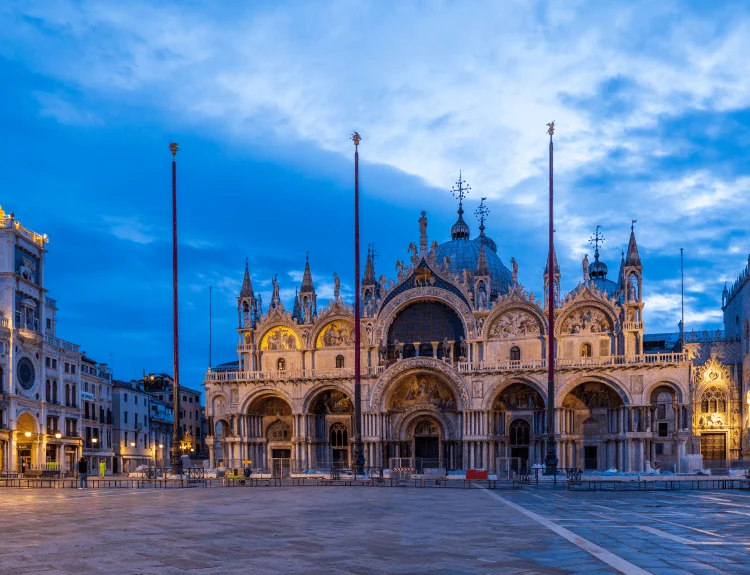
Visit the Doge's Palace: The center of governmental power in the Venetian Republic, the palace is a masterpiece of Gothic architecture. Tours will take you through grand halls and the chilling cells of its prisons.
Gondola Ride: An authentic Venice experience isn’t complete without gliding through the city’s canals on a gondola. Drifting under historic bridges and past the sun-warmed stonework is unforgettable.
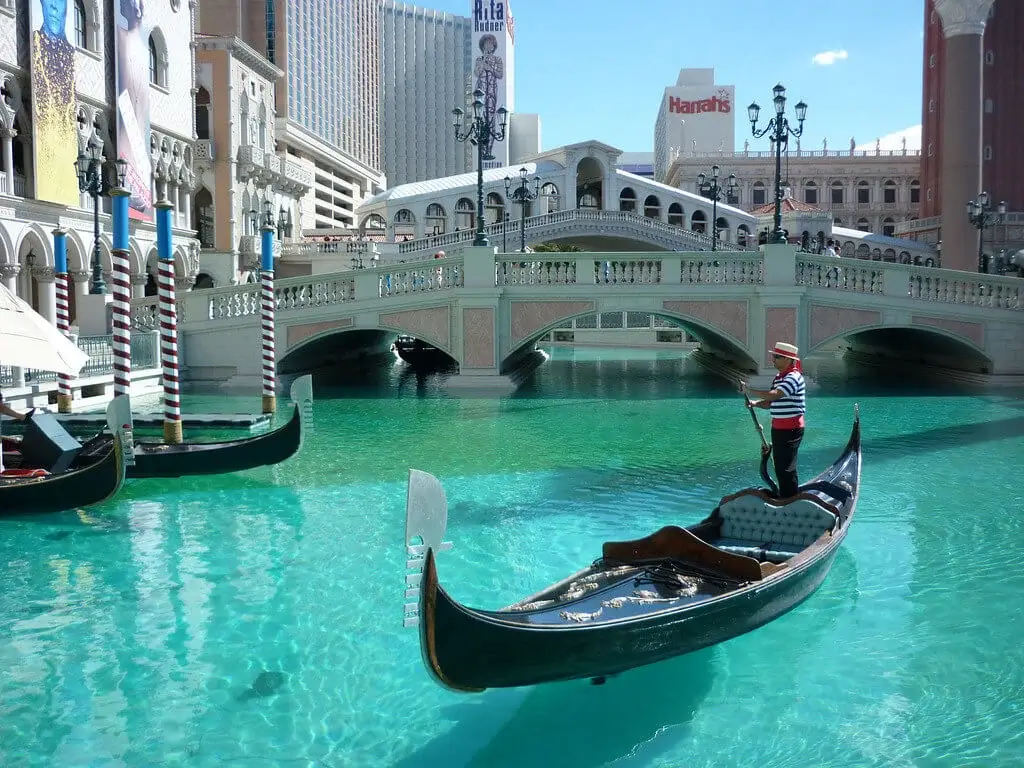
Where to Stay:
Select accommodation in central Venice, close to the Rialto Bridge or in the peaceful Dorsoduro district, to experience the city outside of peak visitor hours.
Venice’s streets and canals are renowned for being an intricate labyrinth, so pack comfortable shoes for navigating the city on foot.
Watch out for crowds at popular locations – such as St. Mark’s Square – throughout the day.
Day 2: Florence and a Day Trip to Pisa
The second stop is Florence: venture to the cradle of the Renaissance, then journey on to Pisa – architecturally infamous but endlessly beloved worldwide.And I couldn’t miss the chance to see Pisa too.
What to Experience:
Florence Cathedral (Santa Maria del Fiore): Begin your day with a visit to Florence’s iconic cathedral. Climbing the Duomo will win you prime views of the city and close-ups of Brunelleschi’s dome.
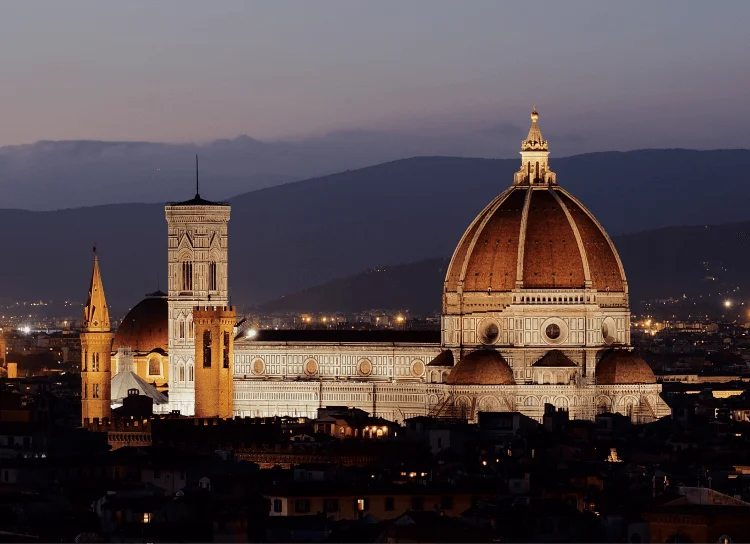
Ponte Vecchio: Wander the medieval Ponte Vecchio for views of the Arno... and to gaze at the shops clustered along its sides. Historically, jewelers, art dealers, and souvenir hawkers have plied their trades here, dangling over the river.
Piazzale Michelangelo: Enjoy stunning views of Florence from this popular viewing platform. My visit concluded here, catching the sunset, and it was jaw-dropping.
Trip to Pisa: A short train ride from Florence brings you to Pisa – and its world-famous Leaning Tower. While the gimmick may be that it leans, the tower’s construction was a nightmare and death trap. Great photos, though.
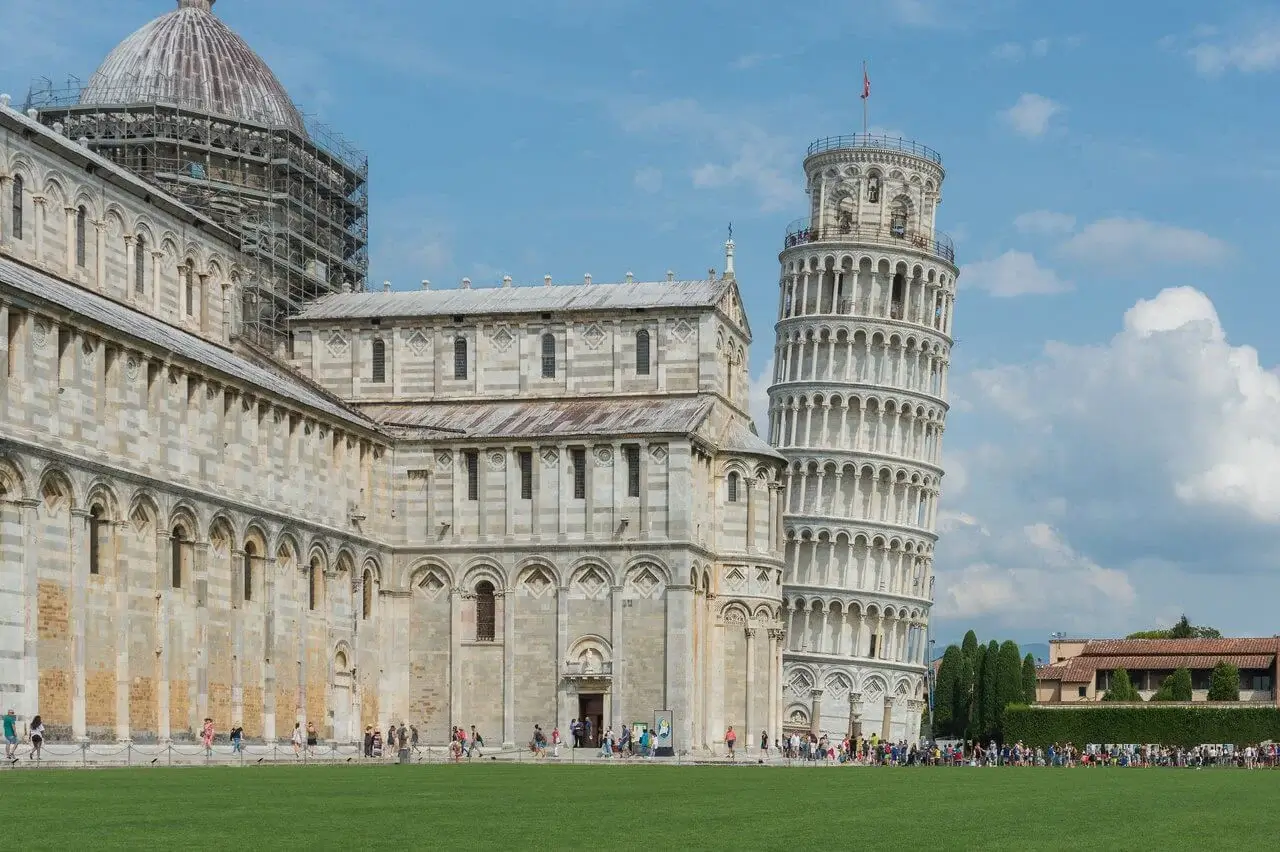
Where to Stay:
With an overnight stay in Florence, choose a hotel near the historic center to enjoy the city sights at night and walk easily to major landmarks.
Florence is compact and walkable – but that means cobblestones pave the way. Wear appropriate shoes.
If possible, purchase tickets in advance for both Florence and Pisa's main attractions to skip the long queues.
Day 3: Rome - A Journey Through Time
Dive deep into the history, culture, and grandeur of Rome, a city that offers a window into the past of Western civilization.
Exploring Rome:
Colosseum: You can’t come to Rome and not see it. It's epic. Start your day at this symbol of Roman power and architectural prowess. Go early to avoid the crowds.
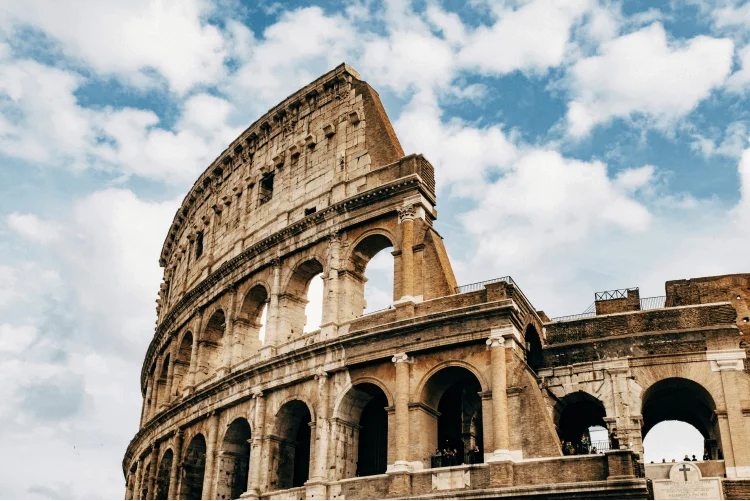
Roman Forum & Palatine Hill: Just a short walk from the Colosseum, these nearby sights give a window into daily life in ancient Rome, plus offer panoramic views over the ruins.
Pantheon: The extremely well-preserved ancient temple – now a church – features a dramatic dome with a central oculus, a highlight of Roman engineering.The whole piazza is huge, and so well preserved. The oculus in the center though, is something else.
Mouth of Truth and Basilica of St. Ignatius: Spend the afternoon at these lesser-known spots, full of legends and beauty.
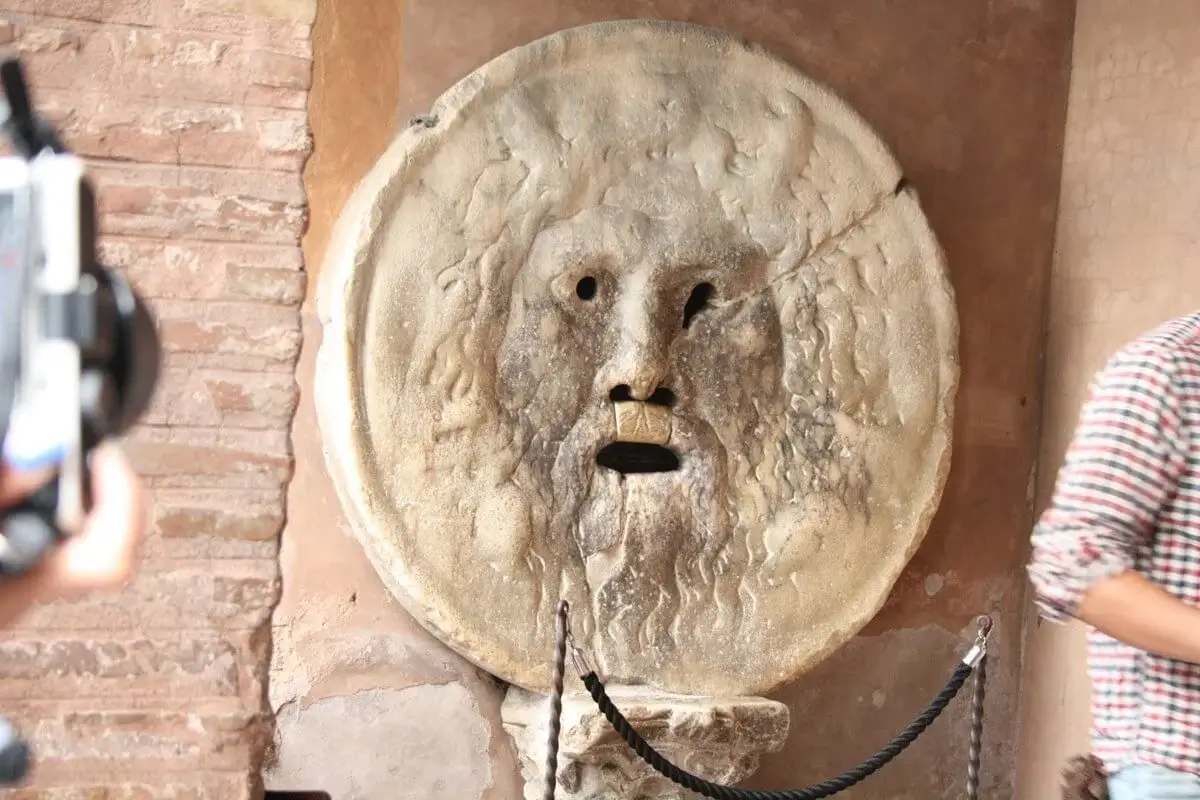
Where to Stay:
Book a room in Rome’s central areas. Trastevere has a lovely neighborhood feel and plenty of eating, drinking, and strolling hubs to enjoy, while the Spanish Steps area is a little more high-end. Personally, I went for Trastevere. The food’s great, the bars are fun, and it’s not too touristy.
Rome’s big and those cobblestones? They’re killers on bad shoes.So plan your route to minimize backtracking.
Day 4: Vatican City - The Epicenter of Catholicism
Spend a full day in the world's smallest state, taking in its titanic religious sites and its unrivaled art collections. This pint-sized city has a lot to keep you busy.
Exploring Vatican City:
Vatican Museums: Get here early to explore the vast art and artifact collections, including the Sistine Chapel. Consider booking fast-track or guided entry for a more rewarding experience.
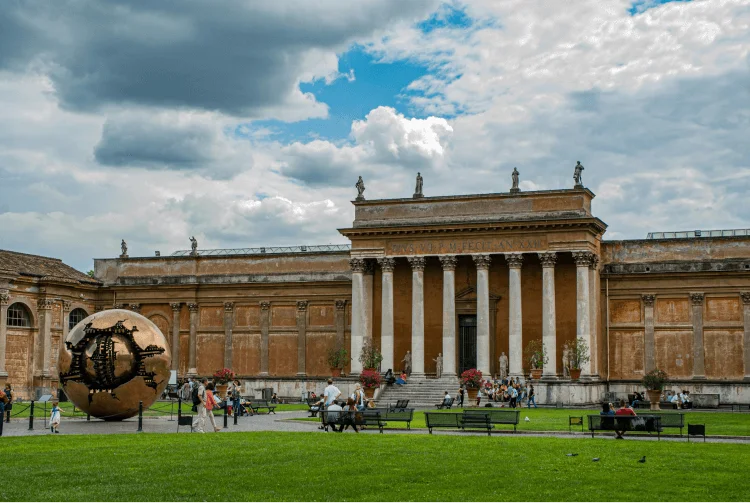
St. Peter's Basilica: Investigate the grandest Catholic church on the planet, a wonder of the Renaissance. And don't miss the chance to climb the dome and look out over Rome.
Castel Sant'Angelo: Conclude your day with a visit to this historical fortress, which boasts panoramic views of the city and the Tiber River. It's the perfect spot to reflex on your journey.
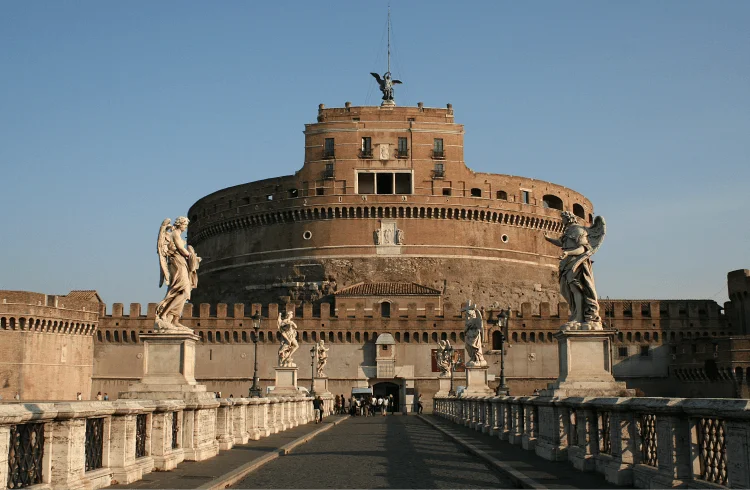
Where to Stay:
Stick to Rome near the Vatican to get an early start and easy access to the sights.
The Vatican is huge and packed with art and history, so sturdy up those feet and, if possible, get an audio guide to complete the experience with the details of the works.
3. Italy's Culinary Delights
Italian cuisine is a diverse tapestry of flavors, deeply rooted in regional traditions and the seasonal bounty of its landscape. Each dish tells a story of its origin, offering a taste of Italy’s rich cultural heritage.
1. Pizza Napoletana:
The famous pizza from Naples, with just five ingredients on a simple dough – fresh tomatoes, mozzarella di bufala, basil, and olive oil – all cooked in a wood-fired oven for a smoky, intense flavor.
2. Lasagne:
Layers of flat pasta, savory ragù and creamy bechamel sauce and melted cheese. Each region has its own recipe, but all are guaranteed to be a full, happy meal.
3. Gelato:
Thicker and richer than ice cream, owing to having more milk and less air, you’ll find gelato in fruit flavors, chocolate and much more.
4. Risotto:
Creamy Arborio rice mixed with broth, that is traditionally finished off with a range of ingredients – the famous Risotto alla Milanese is spiked with saffron, while coastal towns may bulk theirs out with mixed seafood.
5. Tiramisu:
A layered Italian dessert of coffee-soaked savoiardi biscuits and mascarpone cheese, dusted with cocoa. Its name claims to mean ‘pick me up’ thanks to the coffee and cocoa hit you get.
6. Prosciutto:
An air-cured, aged ham, sliced paper-thin and served uncooked. Prosciutto di Parma and Prosciutto di San Daniele are the most prized for their soft, buttery texture.
7. Minestrone:
A chunky vegetable soup that generally includes beans, onions, celery, carrots, stock and tomato, though it changes by region – pasta or rice may also be added. A perfect way to use what’s left in the larder.
8. Caprese Salad:
Originating in Capri, you simply layer ripe tomatoes, soft mozzarella, and basil. Dress in olive oil, salt and pepper for the taste of an Italian summer.
9. Osso Buco:
An iconic Milanese dish, osso buco sees veal shanks slow-cooked with veg, broth, and white wine, until the tenderized meat is falling off the bone. Often served with gremolata – that’s lemon zest, garlic, and parsley.
10. Carbonara:
This Roman pasta sauce is made by tossing al dente spaghetti in a sauce made of eggs, Pecorino Romano cheese, guanciale or pancetta filled with black pepper, which is gently cooked by the retained heat before it coats the pasta.
4. Additional Tips for Traveling in Italy
Pack Wisely:
Pack light and comfortable, with plenty of layers. Clothes should be breathable and easy to move in, and be prepared for a wide range of temperatures – it can be scorching during the day, and freeze at night.
Good walking shoes are essential, as you'll be traversing cobbled streets and rough terrain, especially in older parts of cities.
You may also want to pack a power adapter for Italy's outlets (types C, F, and L), and a small umbrella or waterproof jacket for unexpected rain.
Don't Forget About Cash:
Also, cash is still king in Italy. Some small cafes and country markets won't take any cards – better to have some euros ready. Even bigger cities are starting to catch up on things like Apple Pay and Google Wallet though, which are super handy.
Learn Some Local Etiquette:
Italians have a great deal of cultural deference, so it's always nice to give them the same in return. Remember to say your pleasantries: "Buongiorno" (good morning) as you enter shops, and "Arrivederci" (goodbye) when you leave.
Also, be sure to dress conservatively when visiting anything religious – churches, cathedrals, and the like.
Proper attire includes covering your shoulders and knees to show respect, and museums and the like will often have similar rules.
Navigating Italy's Transport Hubs:
Trains are the most lucrative option for national travel, offering plenty of comfort and speed, with Trenitalia and competitor Italo covering most of the network.
For more rural areas or a more personal experience, renting a scooter or car can be fun, with the former being particularly useful in driving-challenged cities.

Avoid the ZTL Zones:
I mean, unless you're cool about breaking local regulations, avoid the ZTL zones in most big cities. They're Limited Traffic zones and are off-limits to non-residents—you need special permission to drive in them.
Language Barriers:
It doesn't hurt to know a little Italian either. Even if it's just "Dove è...?" ("Where is...?") or "Quanto costa?" ("How much?") it can make a world of difference – or at least wangle you some goodwill from a local who appreciates you trying to stumble around their native tongue.
Summary
Are you geared up for an exhilarating 4-day travel itinerary across Italy’s most iconic sights?
From the enchanting canals of Venice to the profound sacredness of Vatican City, this guide has it all laid out for you, complete with handy insider tips to ensure a seamless journey.
Now, all you need to do is pack your bags, put on your walking shoes, and prepare to fall in love with the history, scenery, and food of Italy. Your adventure awaits!

